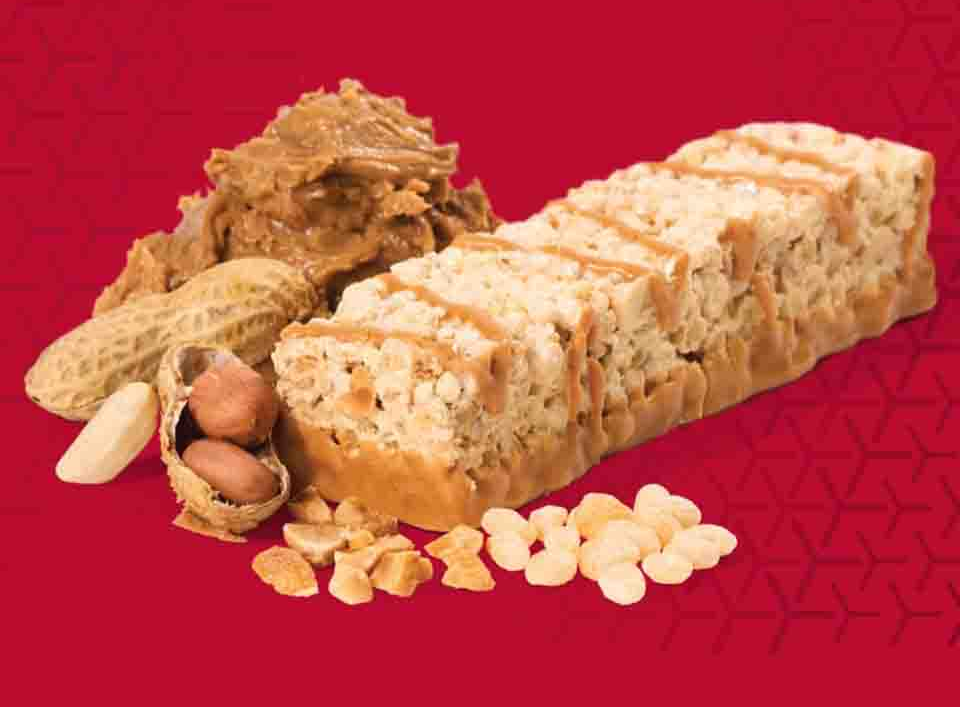Views: 49 Author: Site Editor Publish Time: 2025-05-09 Origin: Site

In the world of health foods, protein bars have emerged as a staple for athletes, fitness enthusiasts, and busy professionals. While consumers focus on flavors and nutritional labels, few consider the sophisticated machinery behind these compact energy sources.
Among these, Sigma Kneader Mixers are important in transforming raw ingredients into the chewy, uniform bars we know.
Let’s explore how this industrial workhorse operates and why it’s indispensable to modern protein bar manufacturing.

A Sigma Kneader Mixer is a machine designed to handle viscous, dense, or semi-solid materials. Unlike conventional blenders, kneaders use two counter-rotating blades (often Z-shaped or sigma-shaped) to fold, stretch, and compress mixtures. This mechanical action ensures thorough homogenization while preventing ingredient degradation—a critical feature for delicate components like proteins and natural sweeteners.

Protein bars typically contain protein powder (whey, plant-based), binding agents (honey, syrups), fats (nut butters, oils), and add-ins (nuts, chocolate chips). These ingredients vary widely in texture and density.
Combining dry powders with sticky liquids manually would result in uneven distribution, clumping, or overworking the mixture. Traditional mixers struggle with the thick, dough-like consistency of protein bar bases.

Step 1: Dry ingredients (protein powder, fiber) are loaded into the kneader’s chamber.
Step 2: Liquid binders (e.g., honey, rice syrup) are gradually added.
Step 3: The blades’ overlapping motion folds the mixture repeatedly, ensuring proteins are fully hydrated and fats are evenly dispersed.
Step 4: Delicate add-ins (nuts, seeds) are incorporated last to avoid crushing.
This process mimics the "kneading" of bread dough but with precision control over speed, temperature, and time to preserve nutrients and textures.

Recent advancements are reshaping protein bar production:
Vacuum Kneaders: Remove air bubbles during mixing, preventing bar brittleness.
Cooling/Heating Jackets: Maintain precise temperatures for heat-sensitive ingredients like collagen or probiotics.
PLC Control: Sensors adjust mixing parameters in real-time based on viscosity readings.
info@karvil.com
Discover how ribbon mixers achieve uniform blending with efficient design, ensuring consistent results for food, chemical, and pharmaceutical industries.
Discover the types of powder mixers—ribbon, sigma, planetary, gravity-free, and high-shear dispersers—for efficient blending in food, pharma, and chemical industries.
Exciting News! Our customized High-Precision Powder Fertilizer Production Line has successfully passed final testing and is now on its way to our esteemed client in France!At Karvil, we understand that European markets demand not just equipment, but a guarantee of quality and consistency.✨ Why
Ribbon mixer (also known as ribbon blender) is a common industrial mixing machine, often used in industries like food processing, pharmaceuticals, chemicals, and more.
Discover the accuracy of sigma blade mixers, key components, and factors ensuring precise mixing for thick materials in industries like adhesives and food.
Learn about ribbon blenders, their components, and how they mix dry powders and pastes efficiently in industries like food, pharmaceuticals, and chemicals.
We are pleased to announce the successful dispatch of a custom-engineered 300L Electric Heating Vacuum Planetary Mixer dedicated to high-energy material production. This critical equipment is heading to our valued partner in the aerospace materials sector.This specialized mixer is the core component
50L Screw Discharge Vacuum Cooling Jacketed Kneader! This sigma mixer is now packed and on its way to a valued client in Italy.This isn't just equipment; it's a testament to Karvil Machinery's expertise in tackling the toughest high-abrasion material processing challenges!️ Engineered to Endure: T